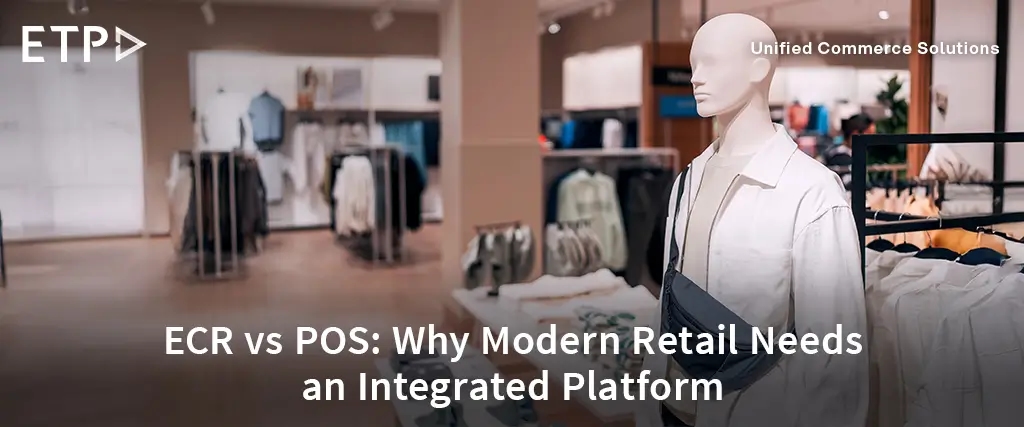
Today’s retail consumer is smarter, tech-savvier, and extremely demanding than ever. Not only is she shopping across online and offline channels, but they also expect to have a unified, splendid experience as they switch between channels. They expect retailers to offer the choicest deals on the finest products at the best prices and to fulfill orders in the speediest and the most affordable manner possible. Phew! Those are some very high, almost back-breaking expectations that most retailers cannot meet using their legacy retail systems.
To fulfill the stringent demands of modern consumers, retailers need to equip their businesses with a new-age, robust retail solution that is scalable and dynamic enough to manage customers, inventory as well as valuable business data across multiple stores and touchpoints. It may seem like a difficult task at first; but with the right retail solutions replacing their conventional legacy systems, retailers can cakewalk themselves through this.
Also, it is something retailers will need to achieve if they wish to stay in business. Retailers need to bear in mind the following 10 things while replacing their legacy retail systems:
1. Start with the customer
Focus on who you are overhauling your retail management system for – the customer. Discern their expectations from an ideal shopping experience; and then choose a system with features that can help deliver that experience.
2. Solution mapping for business
Define the project/business objectives clearly. Map the deliverables of the new solution with the business needs and goals set. This will help in setting priorities right to successfully find and deploy the right solution for your business.
3. Make it a gradual process
Break down the process into batches if the prospect of launching a new retail management system across the entire operation seems overwhelming. For instance, rolling out the new system to a few stores before moving on to other locations allows the enterprise to ease into the new solution and keeps the project from becoming overwhelming.
4. Be wary of probable drawbacks
Before signing up for a shiny new system, think about how to transition users to the new solution. Is it easy to understand or would it be necessary to invest resources in training? Is it customizable? Would it be necessary to modify existing workflows? Can the new system integrate with other solutions that the business is already using? These are just some of the questions you should answer before deciding on a new system.
5. Get organized
Replacing the legacy retail management system needs a process that is best fit for your business. Set up a procedure that can keep the implementation on track.
6. Bring in the specialist
Have in-house experts research, evaluate, and deploy a new retail management system, or consult with third party experts who can assist in all phases of the project. Tap into their technical knowledge and expertise to make smarter decisions throughout the process.
7. Choose a system with robust inventory capabilities
Inventory is the building block of any retail business. It is also one of the most challenging aspects to manage at company-wide stock levels. The vast majority of multi-store retailers specifically look for cross-channel inventory management capabilities in their new POS to streamline inventory management.
8. Embrace new technology with open arms
Try to find the most forward looking innovations in retail technology that are right for the business.
9. List the “must haves”
Create a “must have” list of features and capabilities that are absolutely needed versus the “nice to haves,” to avoid ending up with a beast of a project.
10. Test, test, test
Thoroughly test the retail management system to ensure that it works right for your business.
How long should the process take? Wood advises retailers to allocate six weeks to for the search as “this is the average length of time companies are able to find a replacement software in.”
http://www.capterra.com/point-of-sale-software/user-research

